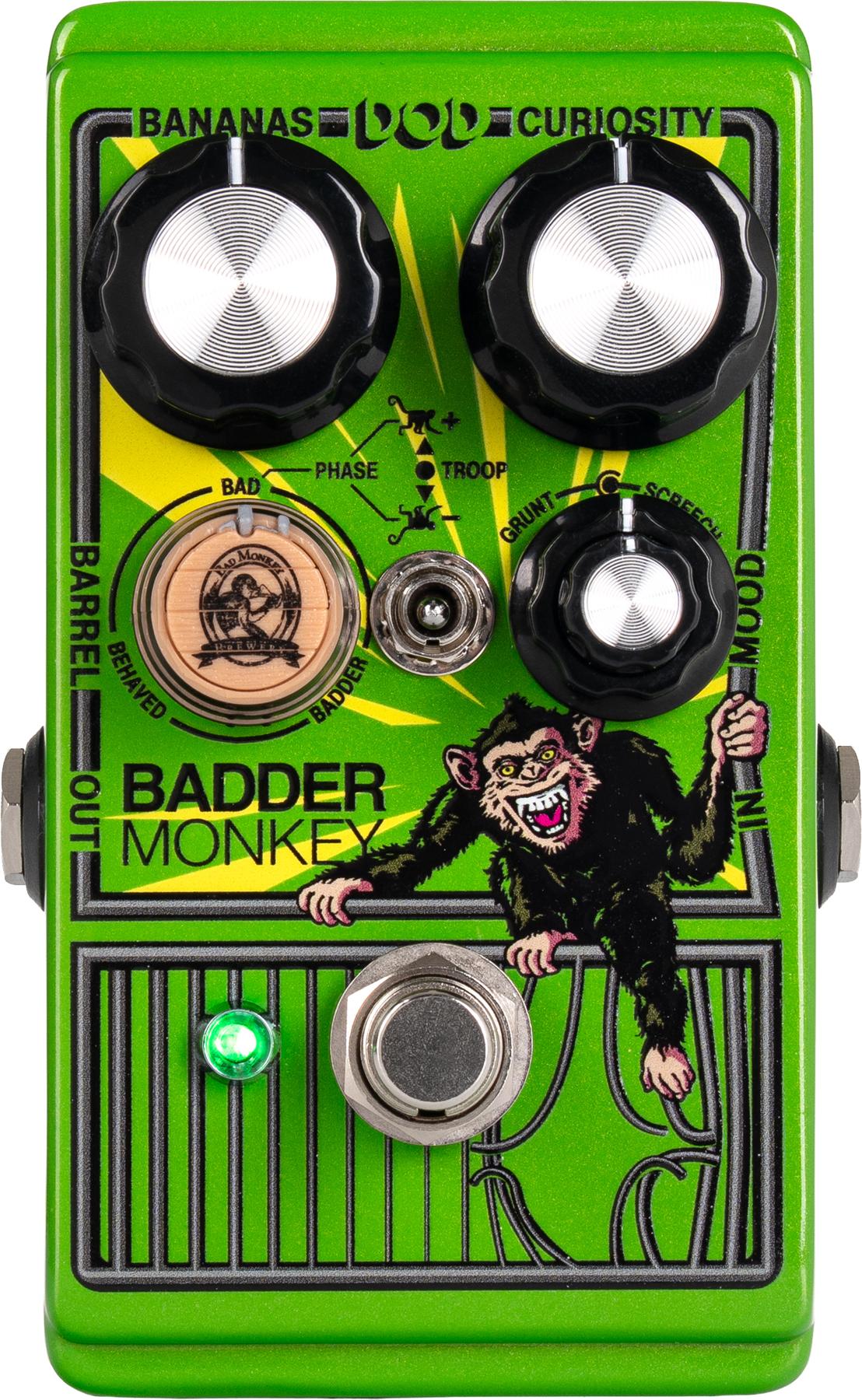 |
The 10th Anniversary 50-watt tube rectified version offers Class A or Class AB operation. The 100-watt version has power settings of 50 and 100 watts. They've used their PAF (Patent Applied For) Reverb circuit for the first time in a production amp. They've cut the tone loss and clean signal loading found in most other tube reverb circuit in use today. There are also independent reverb send and return controls for each channel.
The 10th Anniversary Amp also features separate contour controls for both the clean and lead channels. At the twelve o’clock position, the amp’s frequency response is flat. Rotating the knob counter-clockwise, will decrease the highs and increase the lows. This allows switching between single coils and humbuckers without touching other controls or compensating for different speaker cabinets. This can also compensate for room acoustics without changing your entire preamp EQ.
The Two-Rock 10th Anniversary Limited Edition Package includes:
* 50 watt tube rectified or 100 watt solid state rectified amp head with Two-Rock 10th Anniversary logo
* Matching 2-12 Signature extension cabinet with special signature plate and 10th Anniversary logo
* 12.5’ Crystal-Clear Instrument Cable
* 5’ Crystal-Clear Speaker Cable
* Each amp and cab signed by Bill Krinard and Joe Mloganoski
* Price: $6699
* 2 channel, cascading, SS or tube rectifier, Rectifier, 2 X 6L6, 50 watts or 4 X 6L6, 100 watts.
* Footswitchable FET preamp boost with level control, treble, middle, bass, bright, mid, deep, bypass, gain and master each channel, contour control each channel, reverb send and return each channel, 4, 8, 16ohm output
* Triple function LED footswitch for clean/lead, FET boost, and tone bypass
* Accutronics all tube spring reverb with send and return controls.
* Special design transformers, individually selected components.
* Dimensions: 20.5" L x 10" D x 12" H / Weight: 42 Lbs for 50 watt and 49 Lbs for 100 watt.
* Tube complement: 4 x 12AX7, 1 x 12AT7, 2 x 6L6GC, 2 x GZ34 (50 watt model)
* Tube complement: 4 x 12AX7, 1 x 12AT7, 4 x 6L6GC (100 watt model)
* Also available: head only, no signatures, $5500 at 50 watts w/ solid state rectifier, / $6000 at 100 watts. Standard cabinet is black tolex. Custom covering available at additional cost.
For more information:
Two-Rock


















